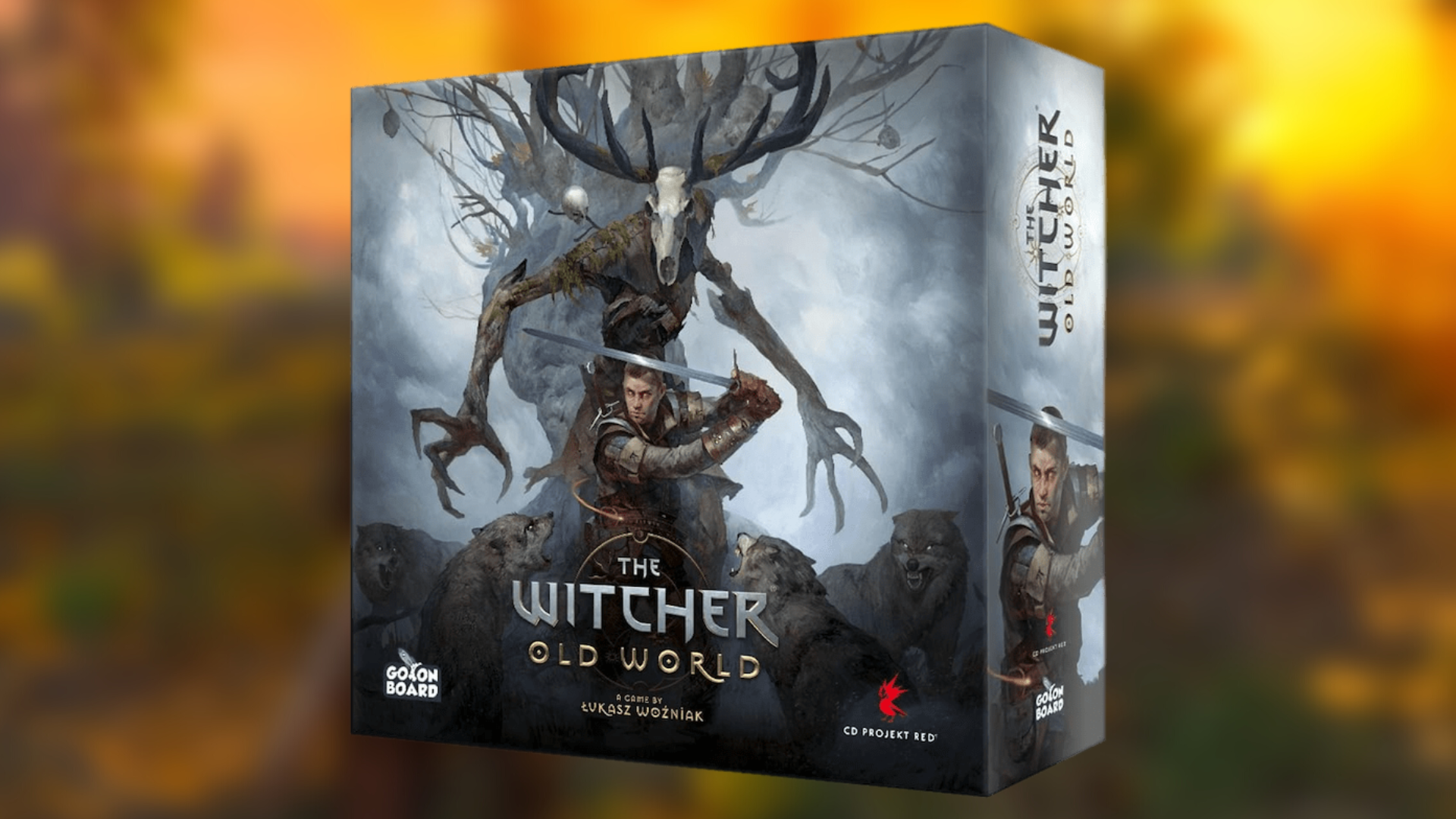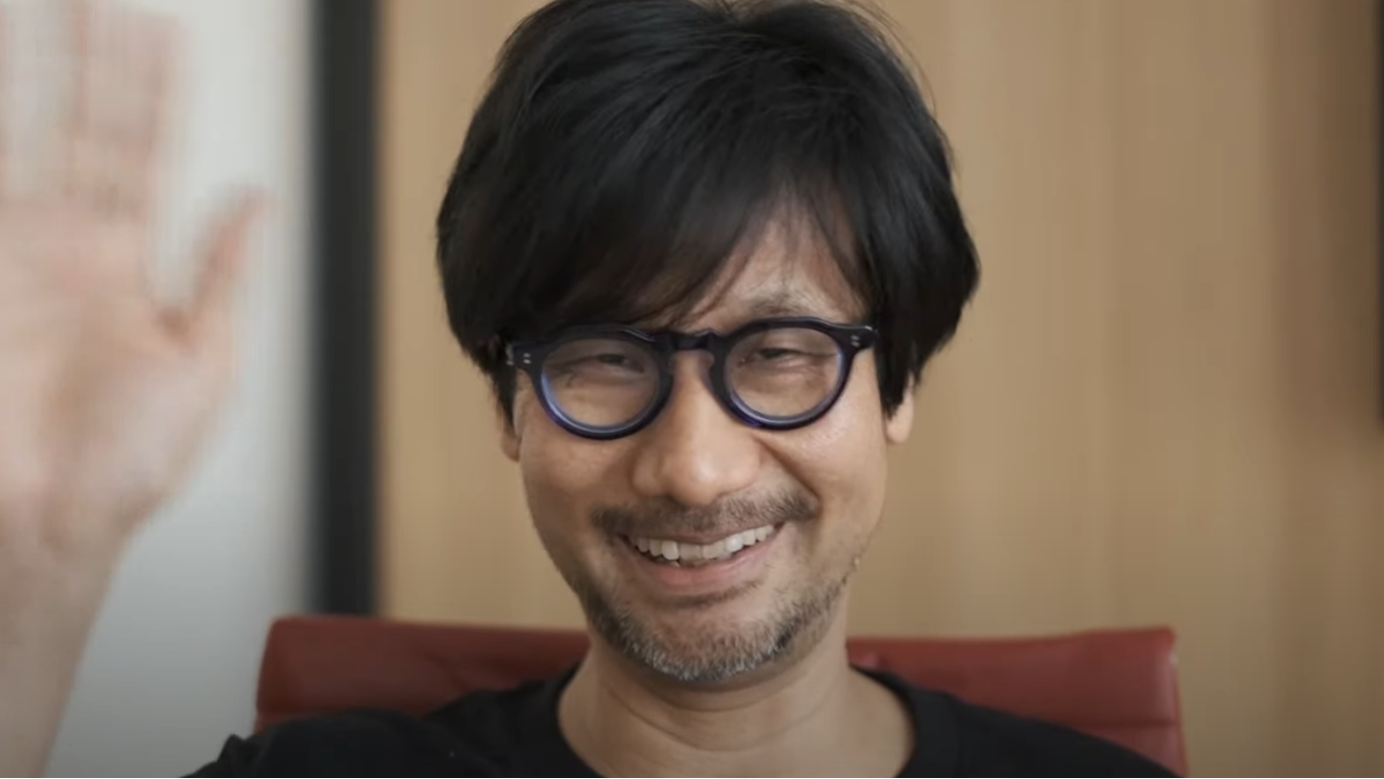
The Witcher: Old World has all the warning signs. As a crowdfunded board game, it follows the common trend of launching alongside a half-dozen expansions which shove years worth of content into the product line. The core box is big enough as is, occupying a healthy amount of space and throwing the lofty weight around of its intellectual property. The chance to fall into the role of a Witcher and trek across a board in pursuit of ferocious beasts is clearly appealing and sells itself. What’s surprising is how this manages to be so compelling and outright joyful in its adaptation.
This game is not a lark. Łukasz Woźniak’s translation of this Polish media wonder into a board game is impressive. It allows you to wield the twin blades of a Witcher, traversing across the continent and visiting locations such as Cintra and Stygga. It’s set long before the time of Geralt, with Witchers belonging to one of several orders which they represent with honor and courage. They set upon the world to vanquish beasts and turn the darkness to light.
Players seek four trophies–primarily through felling creatures in card-fueled violence — with the first to attain that number bringing fame to their name and to their school. In terms of game design, it’s a race with each player acquiring skills and developing their character before setting upon various wandering monsters.
The Witcher: Old World belongs to the well-established genre of adventure games. Similar to the Skyrim board game, players engage in various activities that ignite narrative encounters, all in pursuit of additional resources to improve their character’s abilities. Instead of the goal being the completion of quests, everything here is in service to combat. There’s remarkably little fuss or extraneous cruft clinging to that iron core.
The battle system is dynamic. Each player develops their own deck of cards over the course of the game by plucking choice options from the public market at the end of each turn. These cards are used to move about the board as well as to deliver massive blows, dodge attacks, and wield powerful magic. There is a definite arc to play as your deck strengthens over time, affording more options and synergies.
There is a definite arc to play as your deck strengthens over time, affording more options and synergies.
Strategic tinkering occurs around building combos. In combat, you can chain abilities together by connecting colored tags present on certain cards. This allows for potent turns where you throw down three or four abilities, buffing your defense and laying out massive damage. Monsters retaliate by another player drawing a random card from the top of their attack deck which offers variable amounts of damage or debuffs. It’s surprisingly brisk yet meaningful.
This is a relatively simple system, but it packs tremendous bite for its weight. You can feel your Witcher accumulating strength and skill over time, and with enough effort, you will outpace the monsters that form your prey as they escalate more slowly. This is a key design element that can prove contentious.
An understandable criticism of The Witcher: Old World is that the beasts you hunt are not tough enough. By the end of the game, nothing serves much challenge and you can topple these lumbering frights with ease. This element of pacing is a core principle of the design — it’s important to understand this is a race. You’re expected to tackle obstacles as soon as the odds are even somewhat passable. Failing a battle results in little pain, as it’s an experience which incentivizes offense and momentum.
Witchers should be engaging in combat early and often. It should be a risky proposition, for waiting too long means you are giving ground in the race. Furthermore, you are awarded one of the four necessary trophies by besting another player in combat, establishing an underlying sense of tension whenever another combatant is nearby.
While there is not typically significant interaction in this style of game, Old World includes just enough to make for a satisfying multiplayer experience. Besides dueling another protagonist, you can engage in the quick and simple dice poker mini-game. You also take turns controlling foes and push the tempo of play by racing to the enemies that pop up on the board like moles peeping out their hole.
Old World includes just enough interaction to make for a satisfying multiplayer experience.
The systems are sustained for solitaire play as well, although this mode lacks the necessary edge due to the absence of a timer. There is simply no pressure or reason to hurry, besides to beat a previously set score. It’s rather lifeless compared to their thrills of the multiplayer experience.
It is unfortunately a long game. With four players it’s nearly unbearable, though it sits much more comfortably with two or three. With this reduced count, the naturally thin systems at work tend to yield their best results, allowing for an experience that is relatively fast and surprisingly satisfying.
The Witcher: Old World Expansions
A number of expansions are available alongside the main game. The best of the bunch is the Skellige addition, adding a sideboard of islands to visit. There is a real personality and identity to this new locale which adds texture to the overall narrative.
The Legendary Hunt extension is the most appealing for fans of the combat. It provides a new system for fighting an end game boss of sorts. This feels like it belongs, slapping a huge miniature down on the table and swapping out the win condition to the champion that smites the feral monstrosity. And it works well by establishing a proper climax and avoiding the occasionally dull ending of someone just sneaking out a lackluster final trophy. But it adds a good 20 or 30 minutes to playtime, which extends an already lengthy game into uncomfortable territory.
The final expansion available at retail is a box of mages. This is noteworthy because it adds female character options, an option sorely lacking from the base game due to lore considerations. The mages themselves are interesting, but they highlight the rough seams of the design as you begin to add all of this additional material. Mages for instance are never mentioned on encounter cards or in any of the base game material. You are instructed to mentally swap out the word “Witcher” with “Mage”, which is awkward and clumsy. It makes this material feel like an afterthought, and is the most clear example of this new content being somewhat clunky and uneven. It stands in contrast to the straightforward nature of the base game as things begin to feel a little bloated and unrefined once you begin to bolt on multiple expansion modules.
Also check out our list of the best board games in general, as well our picks for the best horror board games and the best Warhammer alternatives.
It’s odd that the seemingly most vital additions are not yet available to purchase. Kickstarter backers received material that buffed out the encounter cards, as well as added detail to the procedure of hunting monsters. Both of these feel nearly essential. The base game’s encounter card quantity is meager at best, and you will start to see repeat of the choose-your-own-adventure snippets as early as your second play. The core abstracted hunt sequence isn’t a sore spot, but it feels a little unfulfilling and bland, which begs for the more sophisticated processes of the Kickstarter expansion. Both of these are expected to eventually be available for purchase, but it’s a strange decision to delay them in favor of less necessary content.
It’s also worth stating that the base game is available either with or without miniatures. These add considerable cost to the title, but foregoing the large monster figures does reduce some of the title’s visual presence and heft. As the fighting is the core experience of play, the plastic pieces add a sense of presence for the monsters that’s otherwise missing.
If you can keep all of the expansion guff to the side, this is a very effective high-level translation of the Witcher spirit to the tabletop. Most everything is where you want it, with the bulk of details enhancing the core focus of combat. The areas that bear more abstraction — such as hunting foes, swigging potions, and improving your RPG-like character skills — provide a soft silhouette for fans of the property to fill in and appropriate. Those who are less invested in The Witcher may find it a little uninspiring and particularly tedious with larger groups. This feels as though it was designed by a legitimate fan of the lore, and at its best, it’s a suitable playground for frollicking and carnage.
Where to Buy
Base Game – Standard Edition
See it at AmazonSee it at Asmodee
Base Game – Deluxe Edition (includes 28 miniatures)
See it at AmazonSee it at Asmodee
Expansions
Mage ExpansionLegendary Hunt ExpansionSkellige Hunt Expansion






